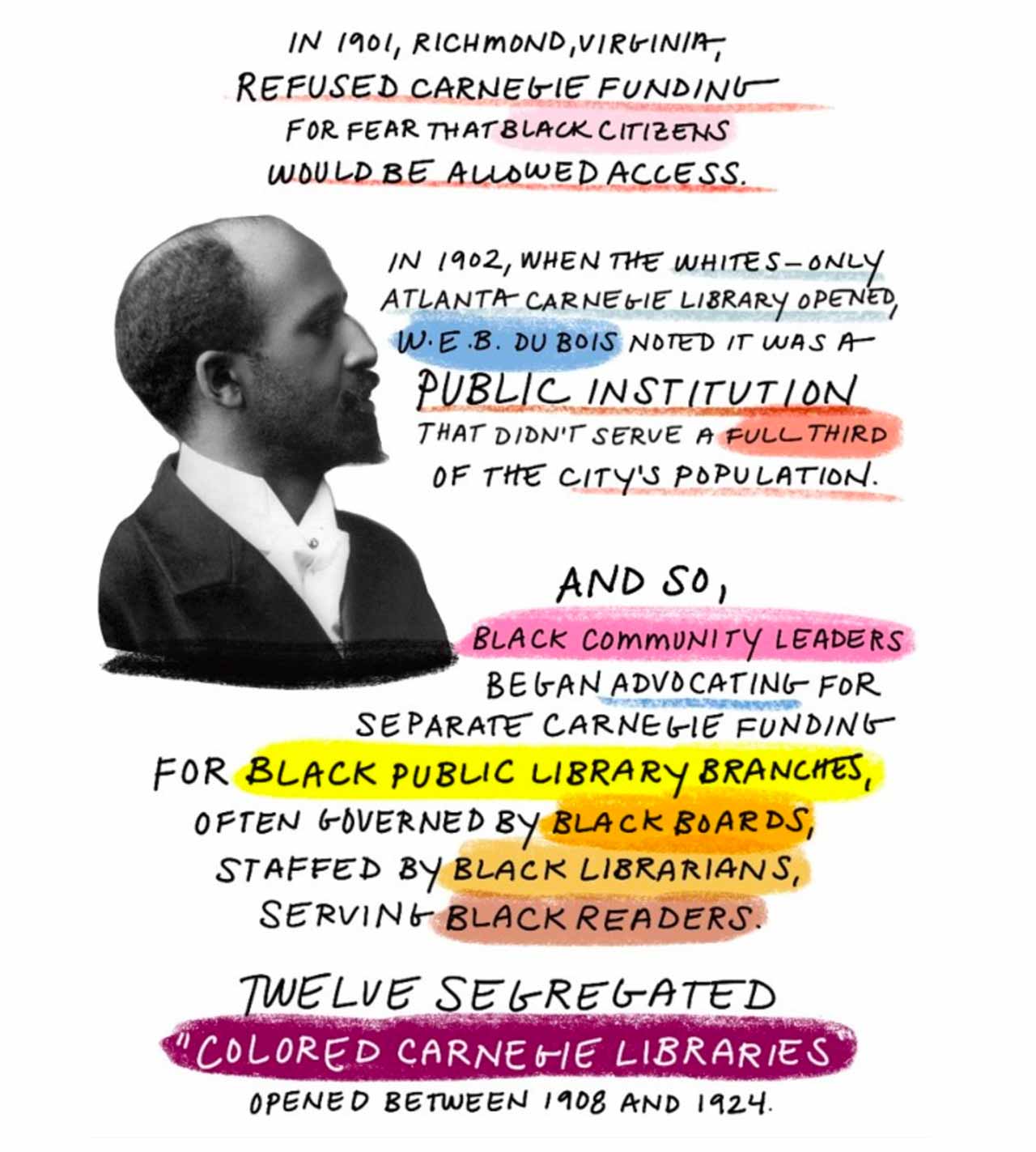Big tip of the hat to Sarah Carleton for tweeting about research that proves what we long suspected — people are more likely to exploit the labor of those viewed as pursuing their passions.
Even the biggest companies try to leverage “do it for exposure” or pressure people to accept goods as compensation rather than cash.
As KQED first reported in March, despite reaching a valuation of $1 trillion last year, tech giant Apple doesn’t pay the artists performing in its stores, compensating them with low-end merchandise such as AirPods and AppleTVs instead.
A recent study at Duke University provides some research to support all the anecdotes shared among the creative community.
Through eight different studies with over 2,400 participants, researchers discovered that people find it more acceptable for managers to ask passionate workers to work extra hours without additional pay, sacrifice sleep and family time, and take on demeaning tasks outside of their job descriptions
[…]
Furthermore, when reading about a graduate student subjected to verbal abuse and unreasonable deadlines, participants rated him as more passionate than someone who didn’t experience mistreatment.
“When people read about the exact same job but learned that the person enjoyed their work, they think it’s more fair, or less illegitimate, to have them do things that would objectively be considered approaching exploitation,” says Kay.
Pay attention to those last two paragraphs. When someone was subjected to abuse and unreasonable deadlines, they were perceived to be passionate. When people were told that someone enjoyed their work, exploitative treatment was perceived as “more fair, or less illegitimate.”
I think you could probably hold a day long conference just discussing the implications of those two sentences.
The fact that people think your suffering is okay if you are smiling is enough to diminish that smile, if not transform it to a pained grimace.
It is one thing to feel like the time and effort you invested in developing a skill is being undervalued or dismissed. Having some confirmation that they feel their exploitation is validated by your enjoyment of the work you do is pretty damn depressing.
So yes, apparently the whole world does want you to be miserable at work.




There is another way. The Gewandhaus Leipzig in Germany (concert venue) offers flex- tickets for a small premium. Not an…